AnalynCabrasisawomanwithalotof“ists”behindhername.She’sabiologist.She’sataxonomist.She’saconservationist.Andshe’sa coleopterist.
Wordsendingin“ist” denoteapersonwhopractices,isanexpertin,orwhostudiesaparticularsubject.InCabras’case,itmeansshestudieslivingthings,categorizesthem,andworkstoprotectthem.Andthelivingthingsshefocusesonthemostare beetles.
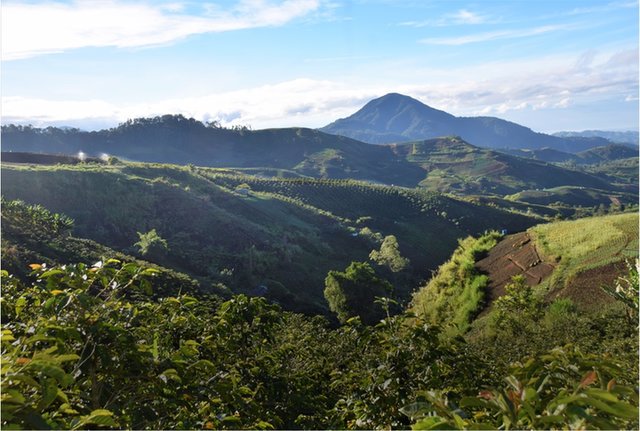
CabrasconductsherresearchinmountainousregionsonthePhilippineisland Mindanao.
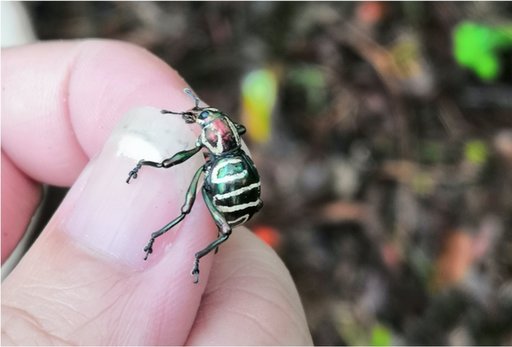
ThisbeetleisaboutthesizeofCabras' thumbnail.
Studyingbeetlesisaprettybigfield.Earthishometomorethan400,000speciesofbeetles.Theyarethelargestgroupofanimalsontheplanet.BeetlescanbefoundoneverycontinentbutAntarctica.Theycanlivewhereit’shot,whereit’scold,whereit’sdry,orwhereit’swet.Theyrangeinsizefromthebarelyvisible(feather-wingedbeetles)tothealmost-too-big-to-hold-in-one-hand(titan beetles).
You’llfindCabraslookingforbeetlesonMindanao,thesecond-largestislandinthePhilippines.Highupintherainforests,shespendsherdayssneakingupontiny,iridescentbeetlesfromtheweevil family.
“Youhavetobevery,verycarefulinapproachingthem,”Cabrassays.Manybeetlesaresensitivetovibrations.Jewelweevilsarenoexception.“Iftheysenseyoucoming,theyfalltotheground.Oncetheyfalltotheground,it’salmostimpossibletofind them.”
Bellyupwithlegstuckedin,thebeetlesaretoughtoseeamongtheleaflitterontheground.ThisisjustoneofthelessonsCabrashaslearnedfrommanyseasonsof fieldwork.

Philippines
ASIA
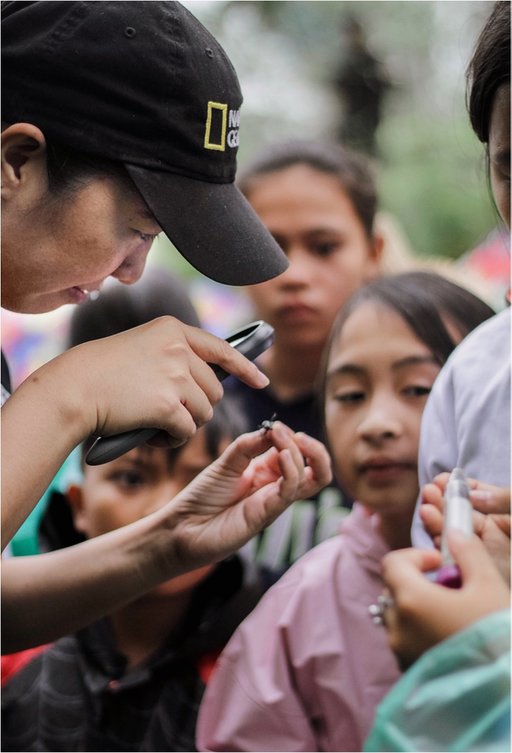
Cabrasusesamagnifyingglassinthefieldtogetacloserlookata beetle.
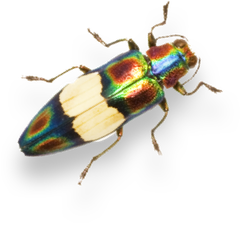
IslandSurprises
Thisislandkeepsherbusybecausesolittleisknownaboutwhatlivesthere.“Alotofexplorationinthelate19thcenturyfocusedonLuzon,whichisthelargestislandofthePhilippines.HereinMindanao,wehavesomanymountainswhicharestillunexplored,”Cabrassays.Sheseesherjobascatalogingwhat’sthereandlookingathowthesebeetlesrelatetoeachotherandthenatural world.
Sofar,herworkhasbeenfullofsurprises.Manyscientistsspendtheirentirecareerssearchingforsomethingnew.Yet,Cabrascan’tseemtostopfindingthingsthatarenew.“Itfeelslikeeverytimewegointothefield,wediscoveratleastonenewspecies.It’skindofmind-blowing.InoneareaofeasternMindanao,wefoundfournewspeciesina1.5-kilometer(less-than-a-mile) stretch.”
Itsoundssimple,butyouhavetoknowwhattolookfor.“Whenyoudothiskindofwork,youhavetobereally,reallypatient.”Cabrassays.“Whenyoufirststartfieldresearch,youwillnotfind [anything].Butasyougomoreoftenintothefield,youwillfindsomuch,youwon’tknowwheretobegin!You’llfindyourselfsurroundedby beetles.”

KnowYourScientist
Inherworkstudyingbeetles, AnalynCabrasplaysmany roles:

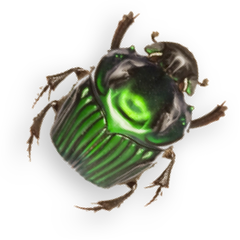
Biologist:
an expertinthebranchofscienceconcerningliving organisms
Coleopterist:
a personwhostudiesorcollects beetles
Conservationist:
a personwhoadvocatesoractsfortheprotectionandpreservationoftheenvironmentand wildlife
Ecologist:
an expertinorstudentofthebranchofbiologythatdealswiththerelationsoforganismstooneanotherandtotheirphysical surroundings
Taxonomist:
a biologistthatnamesandgroupsorganismsinto categories